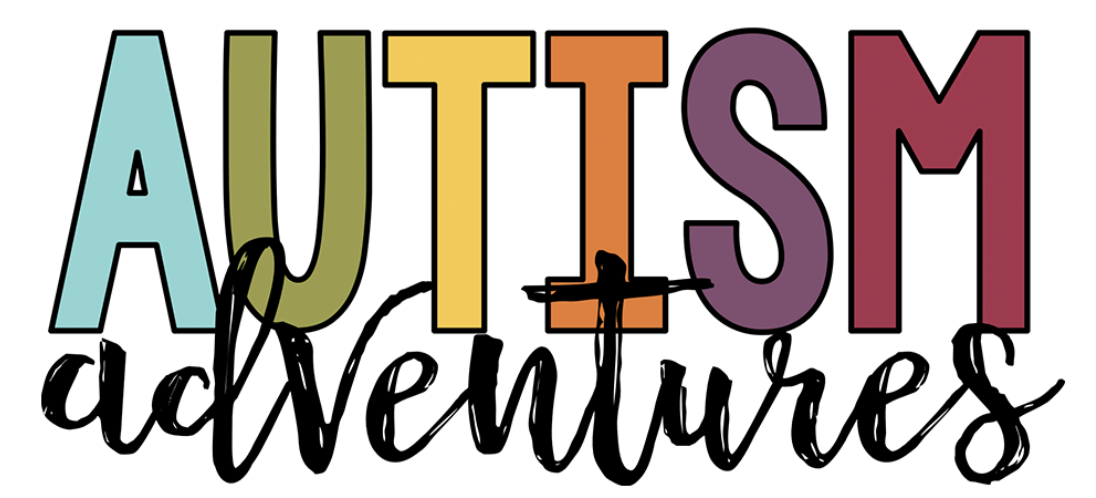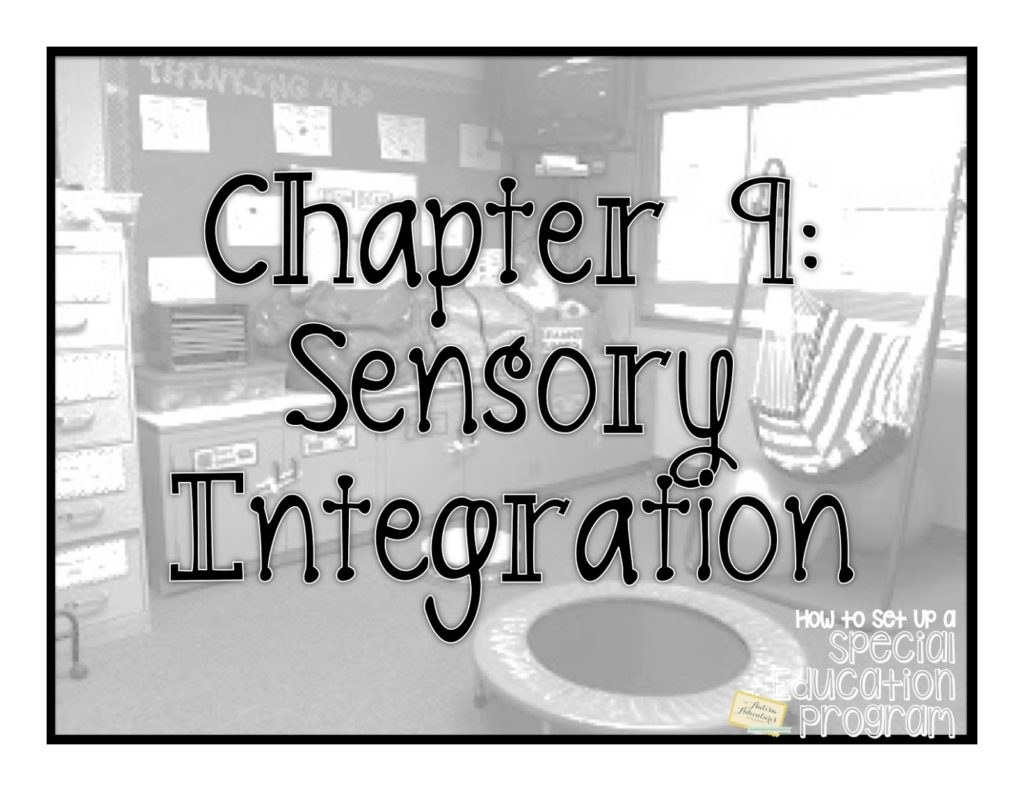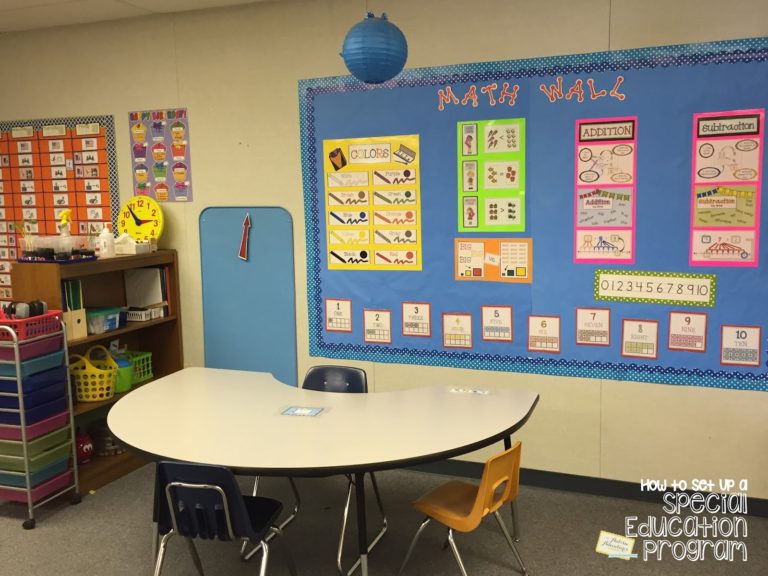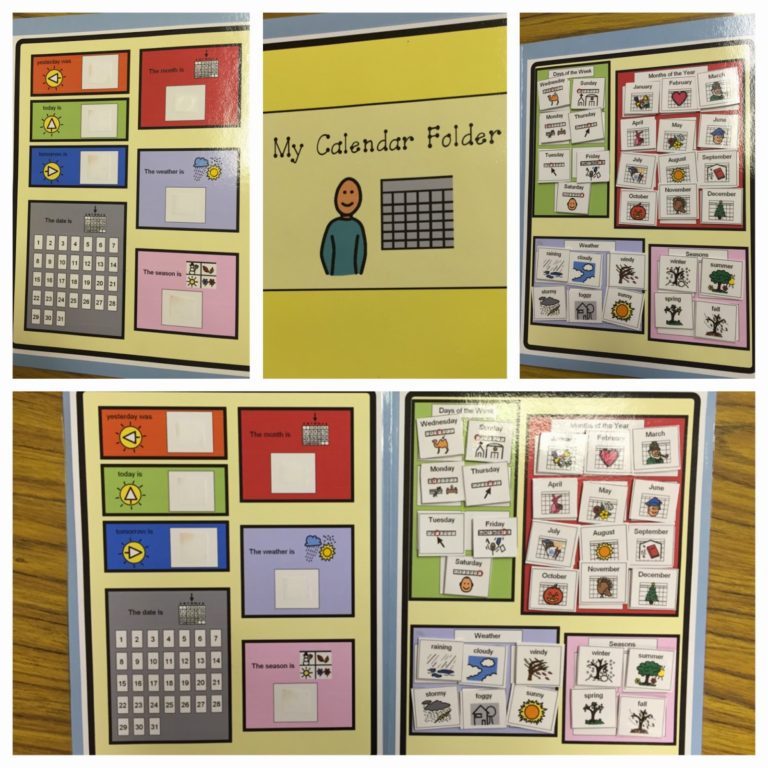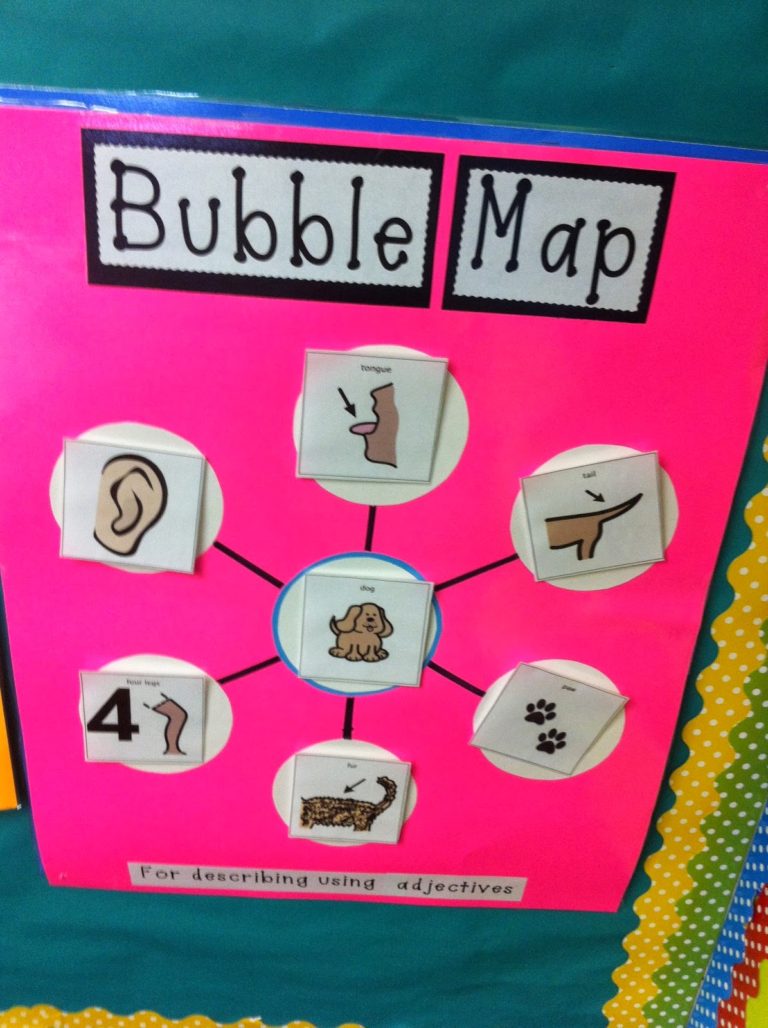“How To Set Up A Special Education Program”- Sensory Integration
Simply put (in teacher terms), sensory processing disorder is a condition that affects the way a person responds to different things within the environment Their brain is unable to process their surroundings appropriately. Here are some examples in the school setting that may affect a child with sensory processing disorder: crowded hallways, bright lights, smelly food, and gooey art supplies.
A sensory integration diet should be implemented in every classroom to help students meeting their full potential andd to learn to regulate their behaviors appropriately. It is important for all students to have access to sensory tools, equipment and activities to help them organize themselves in a successful manner. Teachers must teach students how to provide the sensory input themselves or how to request sensory input to help them better regulate their behaviors.
The next FOUR days will cover ways of integrating sensory activities within your classroom routine!

